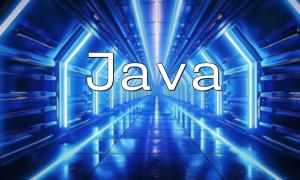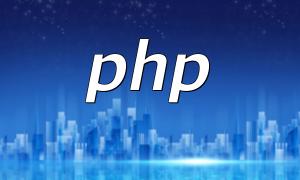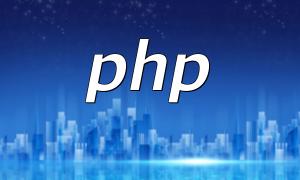In modern web development, using a supported and optimized PHP version is essential for maintaining performance and security. Each PHP release has a lifecycle, during which it receives performance improvements, new features, and security patches. Running an outdated PHP version can lead to vulnerabilities and degraded performance, making regular upgrades necessary.
Before proceeding with any upgrade, it’s important to check which PHP version is currently installed on your system. Use the following command:
php -vThis will display the current PHP version, helping you determine whether an upgrade is needed.
Before making any changes, it's highly recommended to back up your website files and configuration data. Use the command below to create a compressed backup of your site:
tar -czvf backup.tar.gz /path/to/your/websiteOnce your backup is complete, you can begin setting up the necessary repositories for the PHP upgrade.
Start by making sure your system is up to date:
yum update -yNext, install the EPEL and Remi repositories, which provide access to multiple PHP versions:
yum install epel-release -y
yum install https://rpms.remirepo.net/enterprise/remi-release-7.rpm -yTo enable the PHP 8.0 repository, run the following command:
yum-config-manager --enable remi-php80If you require a different PHP version, simply replace php80 with the appropriate version number.
Once the correct repository is enabled, upgrade PHP using this command:
yum update phpIf you need to install specific PHP extensions (e.g., for MySQL or XML), use the following format:
yum install php-xxxReplace “xxx” with the extension you need, such as php-mysqlnd or php-xml.
After the upgrade, verify the new PHP version by running:
php -vIf the output shows the version you intended to install, congratulations — your PHP upgrade on CentOS was successful!
Keeping your PHP version up to date on CentOS is a crucial step in maintaining server security and optimizing performance. By following this guide, you can confidently upgrade your PHP version and ensure your environment is configured correctly. Always remember to back up your data before starting any major system changes.









